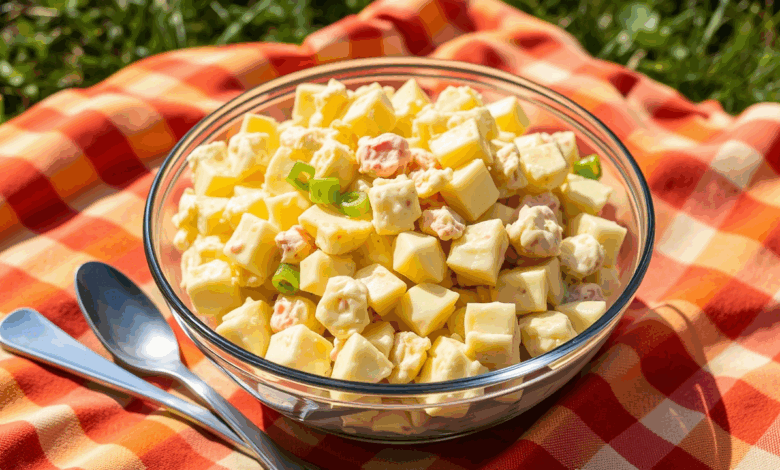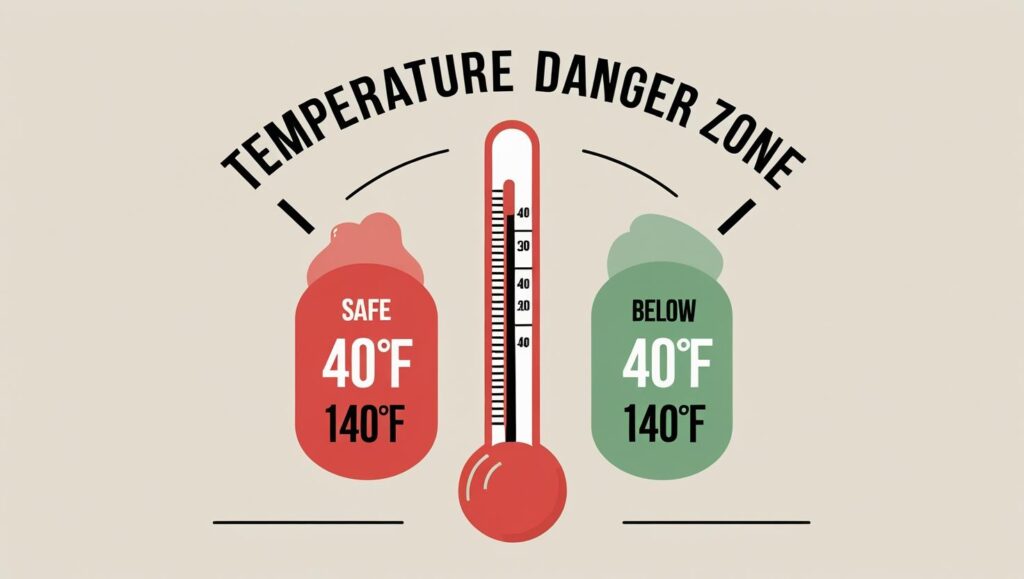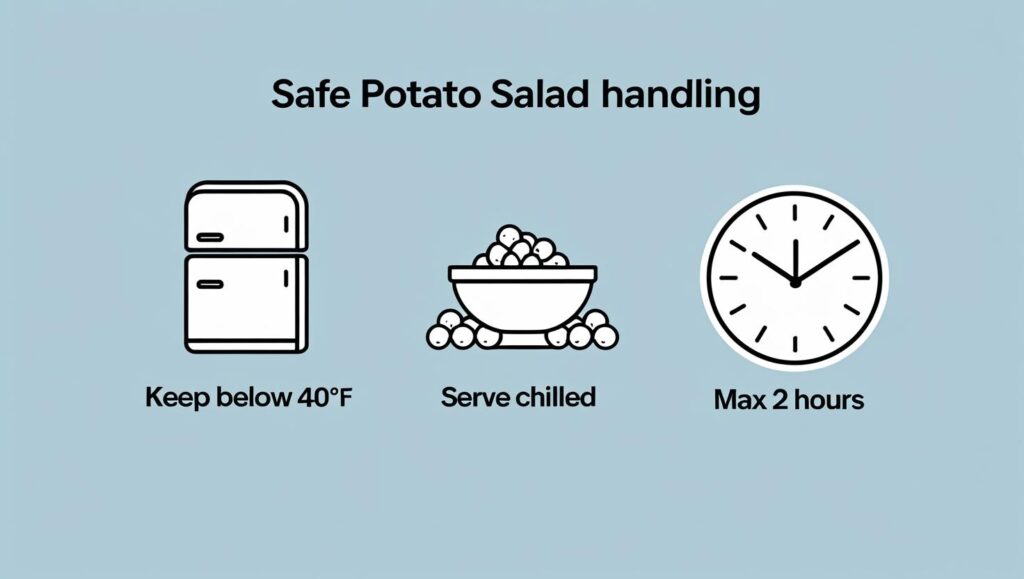This Is How Long You Can Leave Potato Salad Out, According to Food Safety Experts
The familiar sight of a bowl of potato salad at a summer cookout or holiday buffet raises a common question: How long can it safely sit on the table? The answer, according to food safety authorities, is shorter than many might think and is governed by strict time and temperature rules designed to prevent foodborne illness.

A staple of picnics and gatherings, potato salad can pose a significant food safety risk if not handled correctly. Food safety experts from leading government agencies and health institutions advise that you should never leave potato salad out for more than two hours at room temperature. This window shrinks to just one hour if temperatures climb above 90°F (32°C), a critical guideline to prevent the growth of harmful bacteria.
The familiar sight of a bowl of potato salad at a summer cookout or holiday buffet raises a common question: How long can it safely sit on the table? The answer, according to food safety authorities, is shorter than many might think and is governed by strict time and temperature rules designed to prevent foodborne illness.
The U.S. Department of Agriculture (USDA) establishes a clear and critical guideline for perishable foods. Any food, including potato salad, must not remain in the “temperature danger zone” — between 40°F (4°C) and 140°F (60°C) — for more than two hours. Within this temperature range, bacteria that can cause illness, such as Staphylococcus aureus and Salmonella, can double in number in as little as 20 minutes.
“When it is hot outside, the food heats up and any microbes that are present start multiplying,” Dr. Jill Roberts, an associate professor and food safety expert at the University of South Florida’s College of Public Health, said in a university publication. This rapid bacterial growth is the primary reason for the time limit.
The Critical One-Hour Exception
The two-hour benchmark is not absolute. On hot days, the timeline for safety becomes significantly shorter.
“If the temperature is above 90°F, food should not be left out more than one hour,” the Food and Drug Administration (FDA) explicitly warns. This one-hour rule is crucial for outdoor events like picnics, barbecues, and beach outings, where ambient temperatures can easily exceed this threshold, accelerating the risk of contamination. This time limit includes the entire period the dish is out of refrigeration, from the moment it’s placed on the buffet line to when it’s put away.
Debunking the Mayonnaise Myth
A long-standing myth often blames mayonnaise for making potato salad spoil quickly. However, food scientists clarify that commercially produced mayonnaise is not the primary offender.
“Contrary to popular opinion, mayonnaise and salad dressing when added to salads or sandwiches will not increase spoilage or public health hazards, but actually retard spoilage and growth of pathogenic microorganisms,” states a report from the University of Florida’s Department of Food Science and Nutrition. Commercial mayonnaise is acidic due to ingredients like vinegar and lemon juice, creating an environment where bacteria struggle to thrive.
The real food safety risks in potato salad come from its other ingredients, primarily the cooked potatoes and hard-boiled eggs. These items are high in moisture and protein and low in acid, providing an ideal environment for bacterial growth, especially if they are not cooled properly after cooking and before being mixed into the salad.

Best Practices for Safe Serving and Storage
To ensure your potato salad remains safe for guests, experts at the Academy of Nutrition and Dietetics and other health organizations recommend a proactive approach to handling and serving.
Keeping It Cold
The key to extending the serving time safely is to keep the potato salad cold. The goal is to maintain its temperature at or below 40°F.
- Serve on Ice: Place the serving bowl of potato salad inside a larger bowl or tray filled with ice. This helps maintain a safe temperature while it is on the buffet.
- Use Small Portions: Instead of putting out one large bowl, serve the potato salad in smaller, separate dishes. Keep the main supply refrigerated and only bring out a fresh, chilled bowl as needed.
- Cooler Management: When transporting potato salad, use a well-insulated cooler with plenty of ice or frozen gel packs to ensure the temperature stays at 40°F or below. A full cooler will maintain its temperature longer than a partially filled one.
“Keep perishable food out of the danger zone,” the Academy of Nutrition and Dietetics advises. “Unfortunately, you cannot see, smell or taste if a food has harmful bacteria or toxins growing in it.”

Cross-Contamination and Leftovers
- Preventing cross-contamination is as important as temperature control. Always use clean utensils to serve the potato salad and avoid mixing a fresh batch with an older one that has been sitting out.
- When it comes to leftovers, any potato salad that has been in the temperature danger zone for more than two hours (or one hour in high heat) should be discarded. Refrigerating it after this period will not kill the bacteria that may have already multiplied to dangerous levels.
- According to the Cleveland Clinic, the mantra for food safety is simple and direct: “If it doesn’t look right or smell right, it probably shouldn’t be on your plate.” However, since many dangerous bacteria are undetectable by sight or smell, the most reliable rule is “when in doubt, throw it out.”
- Properly refrigerated potato salad, stored in an airtight container at 40°F or below, can be safely consumed for three to five days, according to USDA guidelines.
What Science Says About the Best Time to Eat Dinner for Your Metabolism and Sleep








